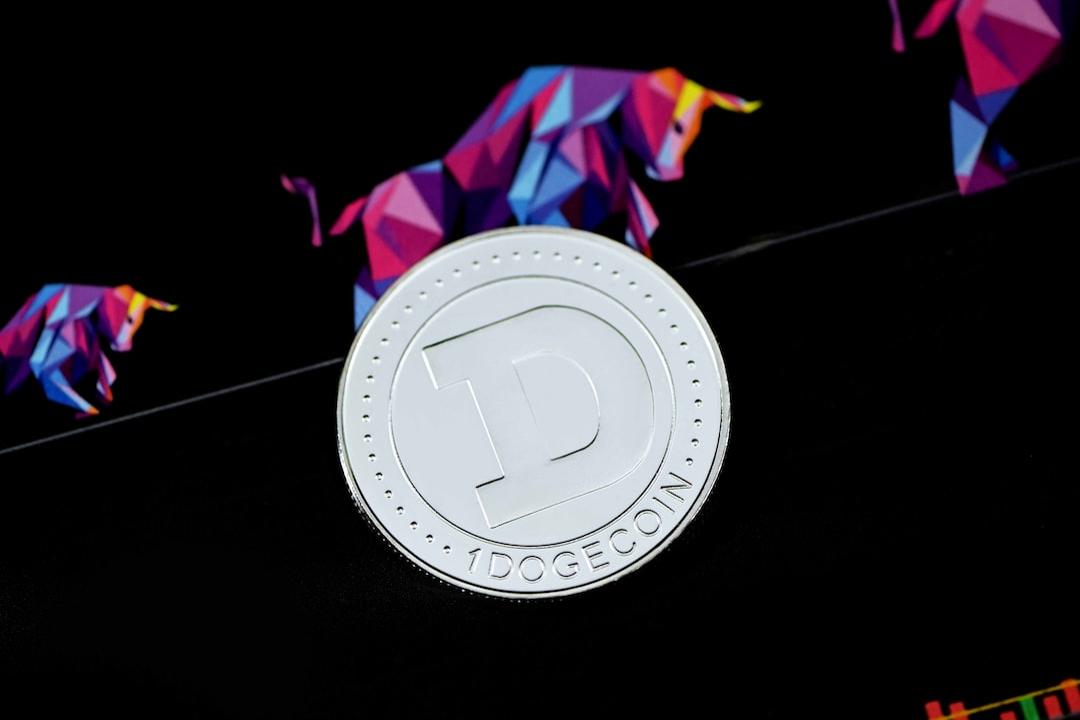CoinWorld reports:
Produced by OKG Research
Author: Hedy Bi
Last weekend, OK Cloud Chain Research Institute accepted an invitation from FT Chinese to participate as a roundtable guest in the Financial Masters Class jointly hosted by FT Chinese and Shanghai Advanced Institute of Finance (SAIF) at Shanghai Jiao Tong University. During the roundtable discussion, I engaged deeply with professors and front-line practitioners in the financial technology innovation sector on the complex interplay among technology, finance, and humanity, and their profound implications for the future. Of particular note, Professor Liu Xiaochun, adjunct professor at SAIF, meticulously traced the development trajectory of the financial industry over several decades. His insight provoked contemplation: the financial industry effectively bears the societal costs of risk, often misconstrued as inherent flaws within finance itself.

Image: Scene from the SAIF Financial MBA Open Lecture and Dialogue Event jointly hosted by FT Chinese and Shanghai Jiao Tong University’s Shanghai Advanced Institute of Finance
Professor Liu’s observations prompted reflection on the mixed reception faced by the Web3 sector in recent years. As Professor Liu suggested, emerging technologies are swiftly exploited by bad actors, yet this should not be viewed as a flaw inherent to technology but rather as a catalyst for accelerating innovative applications within the industry. Looking ahead to 2024, the Web3 industry is poised for new development opportunities: the gradual integration of Bitcoin and Ethereum into mainstream financial systems in the United States and Hong Kong has captured substantial investor interest. For instance, funds totaling $14.7 billion have flowed into the market via spot ETF channels in the US. While impressive at first glance, this figure has not caused significant market turbulence. Beyond fundamental market shifts, this article seeks to discuss our current position and future direction.
Stagnation in native innovation: Moving from fintech to techfin in financial technology
The transition from financial technology (Fintech) to techfin (Techfin) has been a growing trend in the internet and financial industries. Similarly, within Web3, we observe the conclusion of the initial phase of native innovation; methods such as DeFi, NFTs, and tokenization represent the convergence of technology with financial or asset flows. Since Uniswap’s founding in 2018, the total locked value of DeFi DApp assets has grown from an initial $420,000 to a peak of $179 billion in 2021, a staggering increase of approximately 420,000 times in just three years. During this period, many have capitalized on opportunities within Web3, heralded by the younger generation as rare wealth-building opportunities and a growth industry during economic downturns.
At this week’s Goldman Sachs Digital Assets Conference, Yat Siu, co-founder and executive chairman of Animoca Brands, noted the structural similarities and advancements between the crypto and real worlds. Currently, DeFi ranks among the largest central bank asset sizes globally. According to specific data, this asset size places it among the top 30 in nearly 200 countries worldwide.

However, since the opening of BTC spot ETF channels earlier this year, investor attention has increasingly shifted towards mainstream trading commodities such as BTC, signaling a temporary stagnation in native innovation within Web3. From enhancing financial efficiency through technological tools (fintech) to tech companies reciprocating financial assistance for user convenience, OK Cloud Chain Group has progressed from initially focusing on digital finance tools to solidifying various scenarios for on-chain data, and presently, utilizing our user base spanning over 180 countries to promote the continuous integration and development of Web3 technology with finance.
Looking ahead, we will witness tech companies leveraging their extensive user traffic and data advantages to rapidly penetrate Web3, particularly at the application layer. Apart from cross-border collaborative products with traditional finance, we can anticipate the emergence of super apps capable of swiftly aggregating millions of users, not only opening new avenues for Web3 but also introducing new tools for techfin.
Whether it’s Meta’s recent plans to integrate more generative AI technologies into VR, AR, and mixed reality games to revive its metaverse strategy, Microsoft’s acquisition of Blizzard Entertainment in ’22, or its collaboration in ’23 with Aptos Labs to develop new blockchain AI tools, or OK Cloud Chain Group’s use of AI to optimize and enhance platform efficiency, these are all unstoppable future trends.
Despite the previous hollowing of the metaverse’s development, in the future, this sector will explode with super apps in gaming and social, thanks to hardware completeness and AI catalysis. Moreover, we observe some tech giants emerging from Web3 wallets, trading platforms, and broader user expansions.
Divergence between East and West: Different choices by tech giants
We delved into the development of several Eastern and Western tech giants more involved in Web3 over the past 1-2 years. Summarizing, we find distinct strategic focuses, technological implementations, and market positions:
In terms of strategic focus, Eastern tech companies emphasize applying blockchain technology to enterprise services and industrial digitization, such as supply chain finance, data sharing, and open source community development. Baidu and Tencent provide enterprise-level technology solutions. In contrast, Western companies in recent years have shifted their focus to exploring broader applications of blockchain and Web3 technologies in consumer markets and innovative fields, including VR, NFTs, and gaming, aiming to create new digital markets and application experiences for consumers. Apple and Meta are advancing in hardware, while TikTok and Google support some applications of NFTs within existing user bases. Alphabet, Google’s parent company, continues to invest in the Web3 sector early in ’24.
In terms of technological implementation, Eastern companies tend toward direct development with their own personnel, while Western companies prefer open collaboration and ecosystem building, exemplified by Microsoft’s collaboration with Animoca Brands and Aptos Labs to accelerate technological innovation and market adoption.
In terms of market positioning, Eastern companies focus on deep cultivation of their domestic markets, whereas Western companies leverage Web3’s global nature for promotion. For example, Google Cloud’s role as a validator in the Tezos blockchain reflects its globalization strategy and influence.

This diagram is based solely on limited public information, accurate as of July 1, 2024.
Given Web3’s borderless and global nature, we observe rapid integration of some tech companies into the Web3 ecosystem. Therefore, at the application level, characteristics of the Web3 community facilitate easier global business expansion beyond local markets. As a leader in Web3 technology, OK Cloud Chain keenly experiences the globalization of the Web3 market. According to publicly available information analysis, Western internet giants have shifted to the application layer after completing infrastructure construction, whereas Eastern internet giants have yet to show such a clear trend.
Although we note Web3 stands at a crossroads—native innovation is temporarily stalled, and both Eastern and Western tech and financial giants are continuously entering the Web3 field—the integration of these two forces, finance and technology, lifts the Web3 industry toward vibrant growth.
This article represents personal viewpoints based on publicly available information and does not constitute recommendations or opinions on any potential investment targets, nor should it be considered investment advice


